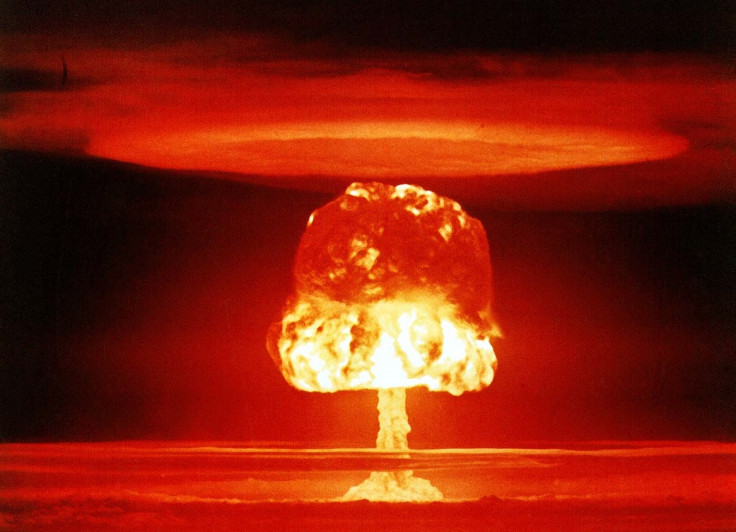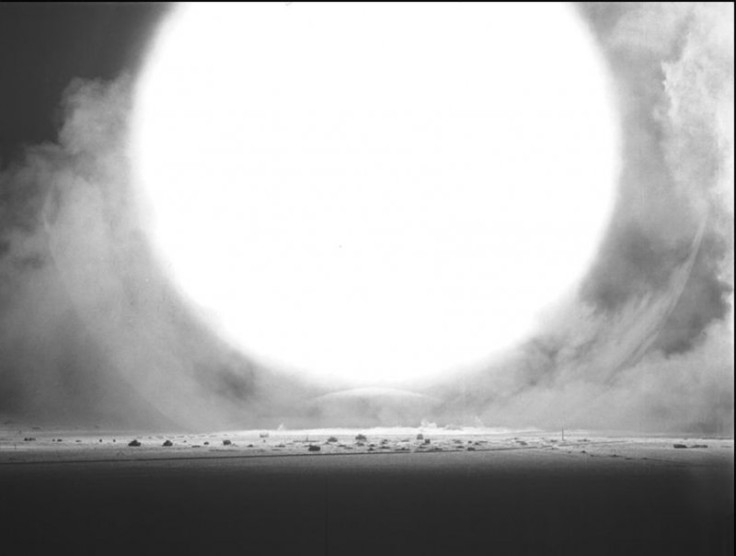How to Survive a Nuclear Bomb: Risk Radiation to Find Adequate Shelter

If a nuclear bomb were to go off in a major city, having access to adequate shelter could save an extra 100,000 lives, an expert has said.
In the study "Determining Optimal Fallout Shelter Times Following a Nuclear Detonation", published in the Proceedings of the Royal Society A: Mathematical and Physical Sciences, researchers looked at how people can have the best chance of surviving a nuclear bomb.
Current thinking is that people should take cover in existing buildings to avoid the radiation. However, author of the study Michael Dillon, of the Lawrence Livermore National Laboratory in California, says this is not necessarily the case.
In the Planning Guidance for Response to a Nuclear Detonation, which was developed by the Homeland Security Council, US authorities say finding shelter is the most important factor in the event of a nuclear bomb:
"Implicit in the protective action guides (PAG) decision process is the time and information necessary to make health protection decisions. The PAG principles apply to consideration of a nuclear explosion; however, the anticipated no-notice initiation of the scenario and the impractical nature of rapid evacuation of populations from fallout areas lead to the general recommendation that everyone should seek shelter regardless of proximity to ground zero or orientation to the actual path of fallout.

"In this situation, avoiding acute, potentially lethal radiation dose dominates other potential protective action decisions. However, survivors should use good judgment and should not seek shelter in buildings that are on fire or otherwise clearly dangerous."
Dillon says that to have a better chance of survival, people must leave their buildings and risk radiation exposure in order to find safer and better protected shelter – so long as it is within a reasonable distance.
Speaking to IBTimes UK, Dillon said he has been supporting the Department of Homeland Security in the area of nuclear response for just over five years, looking at shelter quality in both local and regional levels.
"The material contained in this paper is one aspect of the broader, overall planning effort that has particularly intrigued me and is something I took on as a personal project," he said. "I spent some nights and weekends investigating it and wanted to share the findings more broadly.

"While the assessment of individual building shelter quality is beyond the scope of this study, in general you want to put as much mass (material) and distance between fallout and yourself. This is why buildings with lots of mass, such as those built of concrete, are often good places to shelter. Single-story wood frame houses without basements and vehicles provide only minimal shelter."
In Dillon's scenario, a large city has been subjected to a single, low-yield nuclear detonation between 0.1 and 10 kilotones, which is a bit smaller than the bomb that killed between 150,000 and 246,000 in Hiroshima and Nagasaki in 1945.
He calculates that if adequate shelter is 15 minutes away, individuals should stay in their poor-quality shelter for no longer than 30 minutes after the nuclear bomb goes off.
Speaking about current shelter in cities, Dillon said it very much depends on the buildings in the area: "While it is beyond the scope of this paper to discuss how to determine the fallout protection for individual buildings or a particular region, the use of the methods discussed in the paper will inherently require such a characterisation.
"Ultimately, this is something communities would need to assess as they know best the where and how their buildings are constructed."
© Copyright IBTimes 2025. All rights reserved.




















